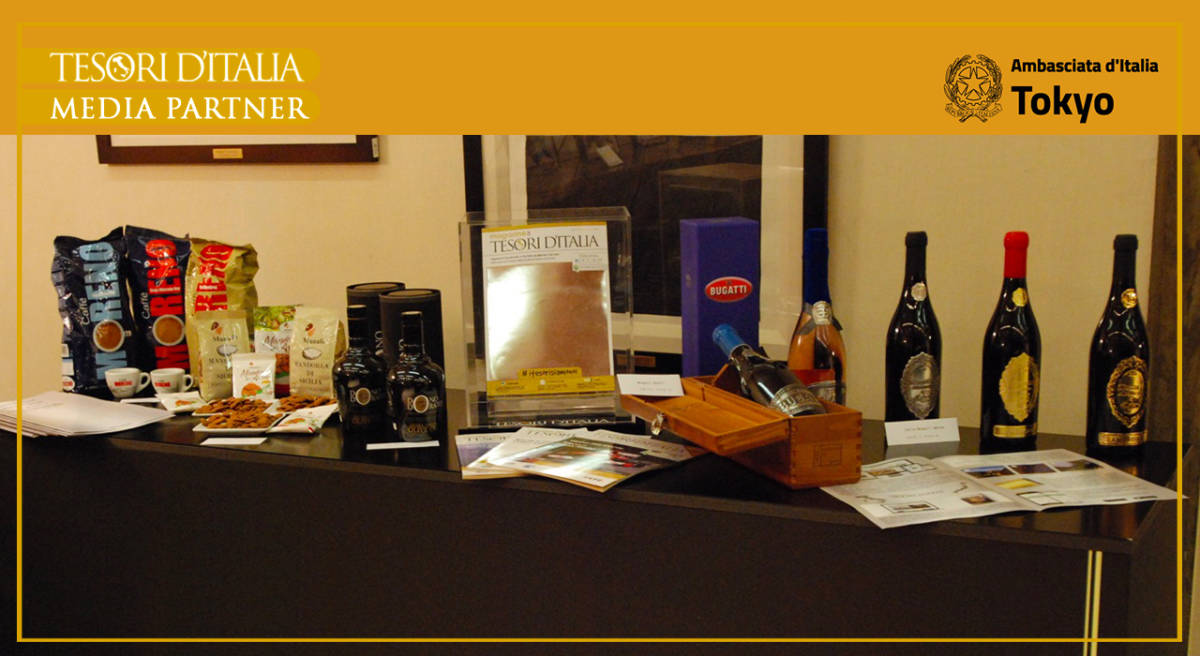Designer furniture is one of the four “Made in Italy” industrial sectors, along with mechatronics, automotives and aerospace, which the Italian government aims to invest in to increase the volume of trade between Italy and Japan, as announced in the last institutional mission to Tokyo last November.
The conditions are good, starting from the recovery in the Japanese economy, which grew beyond expectations in the first quarter, up 2.2% on the year. Exports of designer Italian furniture to Japan increased 37.4% between 2010 and 2016, reaching an overall value of almost €122 million last year. The 3.7% decline registered in 2016 is not a concern, said the president of wood and furniture association FederlegnoArredo (FLA) Emanuele Orsini.
That is both because it came after strong growth in 2015 and because 2017 has already started with a an acceleration, registering an increase of 20.6% in January.
“We are looking at the medium to long term period, betting on the upswing of investments launched by the new government, which is also driving the real estate market and construction, and the Olympic Games in Tokyo in 2020, which will bring in numerous real estate investments.”
This will bring advantages not just for furniture and lighting, but also for the entire wood-furniture sector, which exports €133 million to Japan and can play the card of anti-earthquake security: it is not a coincidence that the wood construction industry has registered growth of 28.2% in the past year, an increase of 148% compared to six years earlier.
The volumes for now are relatively small. Despite the stylistic and cultural affinities between Italian and Japanese design (it is enough to think of the many Japanese designers that work for Italian furniture companies), the geographical distance and the diversity of rules and certifications between the two countries – with the subsequent logistical and distributive difficulties – have in part slowed down Italian exports to Japan, up to now. It is stuck at 22nd place in the rankings of end-markets for the sector. But the potential is there, explained Orsini: “Italy is the eighth supplier of Japan and the first for high-range furniture,” he said.
The interest from companies has been confirmed by the several private initiatives launched in recent months on the logistical and distribution front, and by those promoted by the FLA sector association, which last February took a business to business mission to Tokyo and is preparing to welcome a Japanese delegation to Italy in the fall.
“The volumes of the US or China are not there,” said the FLA president. “But it is a very interesting market, also to diversify markets, a fundamental approach for Italian companies,” he said. And Japan can function as a bridge to reach other emerging markets in Southeast Asia, such as Indonesia and Malaysia.
The most noted “Made in Italy” brands have been present for a while in the country. Others are arriving and others still are reviewing their distribution strategy, which increasingly passes through single brand stores or dedicated areas within multi-brand stores.






